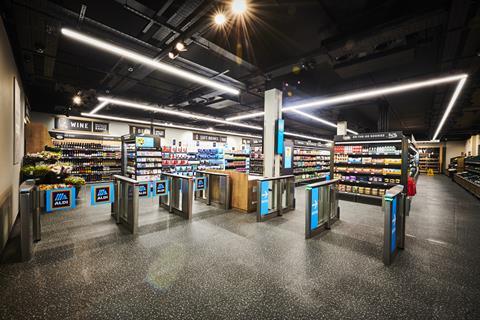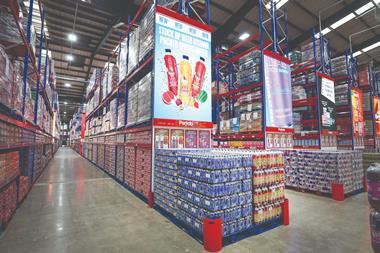
It’s uncanny that Aldi opening its take on the ‘cashier-less’ store this week came almost four years to the day since the concept was first introduced by Amazon in Seattle. We now have five retailers who have launched ‘just walk out’ stores, all relinquishing physical contact to either increased levels of self-service, or a growing range of home delivery options.
For a ‘nation of shopkeepers’, some physical retailers are at risk of putting considerable distance between themselves and their customers these days as they experiment with the future of retail.
By comparison, the digital pureplays are constantly experimenting with ways to bring their customers closer to them, or even together as a community with shared passions, via innovations in the discovery and consideration phases.
In keeping close to their customer, blurring the lines between different stages of the consumer journey, and shortening the paths to purchase, digital retailers are ironically recreating the centuries-old magical blend of buyer, seller and platform – what we now (grandly) call a shopping ‘experience’. Global pandemics notwithstanding, is that why so many of us increasingly choose to shop online?
Cashier-less stores are without doubt a technological marvel in how they allow customers to browse, select and ‘just walk out’ with whatever they want. But none of that technology and innovation has improved the way stores are fundamentally presented or how customers use them. The layouts and flows are pretty much the same, products are merchandised on shelf in the same way and there’s no additional information at PoS to help customers make more informed decisions.
Just like before the rise of e-commerce, the solution to these customer needs remains the same – a member of staff steps in to offer informed product knowledge, a skill built up over years of experience which no piece of technology or algorithm can (currently, at least) do quite so well.
None of this is to say tech doesn’t have a role in the future of retail, nor that its adoption isn’t laudable, but its current application warrants a rethink, so the customer is put first.
Cashier-less shopping could afford retailers the opportunity to innovate the in-store customer experience because of the need to integrate an identifying device into the process for payment purposes – usually an app. Thanks to the smartphone, customers no longer ‘go shopping’ like they used to; they are ‘always shopping’. So retailers today need to anticipate customers’ needs, not just meet them, and physical retail can learn a great deal from digital retailing here. Once we introduce an app into the mix, we can start to help, personalise and bond with the customer.
Firstly, that app the customer must use to gain entry could be used to augment the in-store browsing experience to guide customers to products – as M&S is now trialling using AR overlays – and then perhaps provide additional information at PoS to increase conversion.
Secondly, these apps can leverage customer data to personalise the in-store presentation of products (including personalised pricing) as well as provide contextual cues and nudges towards conversion (eg product pairing). This could also be via self-service AR overlays or, like the ‘good old days’, delivered in-person by knowledgeable, informed and helpful staff who riff off a handful of data points and behavioural cues.
And finally, companion apps can of course be that direct line to consumers between store visits for retailers to deliver inspiration and reminders without needing to pray to (or pay) the algorithm gods – as well as being an efficient and more personal way to deliver post-purchase support.
As the ‘just walk out’ technology matures, I hope we can now turn our attention to innovate elsewhere in the in-store consumer journey, blending the best of online with the best of in-store experiences. And I genuinely hope checkout staff can be redeployed to the shop floor where they add the best value: to engage, inspire and help customers to do more than “Google it”.



















No comments yet